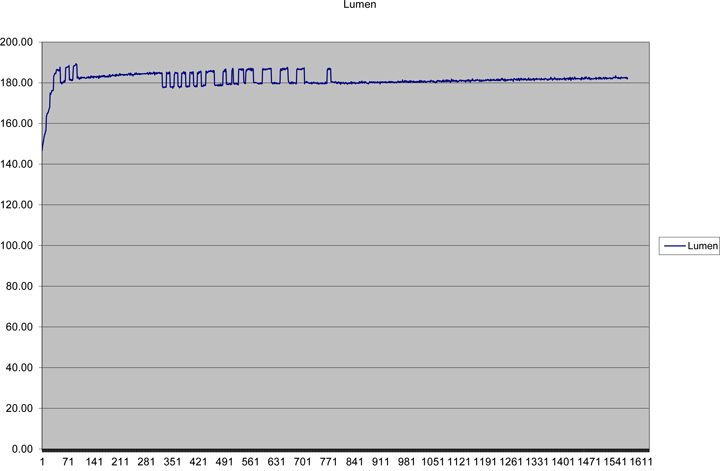Re: The Haiku: why the 3S McClickie lights have surpassed the PD lights!
Oops! Ah . . . sorry guys!?!
But honestly, the Haiku is a freaking GEM of a light! I just LOVE LOVE LOVE this thing! I especially love the High CRI Nichia 119 flavor that I have. It's so nice to have such incredibly high quality light from my EDC again. So nice to come back to this kind of light. Of course, it was so nice to switch from the A2 to the LS20, i.e. to a Titanium PD light. The very cool light and lower CRI from the LS20 was a fairly small price to pay for all the benefits. But now? Now, well, I have a Titanium flashlight AND super high quality light all in one! Plus, the Haiku is just a work of perfection. It feels so great in the hand; it's so well made. I just can't say enough good things about this light.
Don't get me wrong, though, I still love my LunaSol 20. I was actually thinking of selling it for a while, thinking that if it wasn't my EDC that I should sell it and put the money towards more stuff for my house, etc. But then when it came to it, I was like, ah, no, sorry. I've carried this light almost every day for almost four years. There's no way I'm parting with it. I figure I'll carry it from time to time, just because I still love it so much.
I was reading in the Classic PD thread (link that Don posted, and which I added to list in OP) where someone was saying "Never sell a McGizmo." I think that's pretty damn good advice--I mean, obviously if you buy one and just decide it isn't for you, then that's one thing. But if you have it for a while and like it (or, more probably, if you love it) then DON'T sell it! You'll probably regret it. I sold my Ti-PD-S from the last wave of Ti-PD-S's. Yes, I had one of those for a couple months. When I bought it I planned from the beginning on selling it because I bought it for my LS20 review thread. I really liked it, though. What an awesome light! But I liked the LS20 more, and I felt I couldn't "justify" keeping both of them. So I sold it.
But now I wish I hadn't! It IS a classic!
However, all of that said, if I had to pick only one light to keep, it'd be my Haiku. Such a nice light!
So, for all of you people out there wishing for a Ti PD light of some sort or another, consider giving the Haiku a try. It's an amazing light, and just like one of those threads said in the title, I love it more and more. And so, probably, will you!




